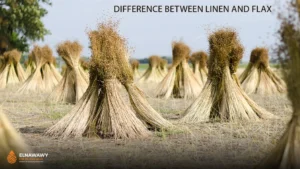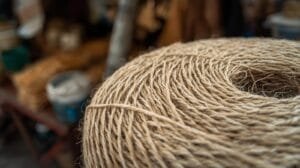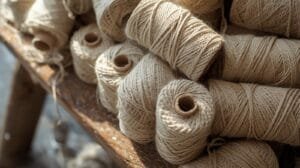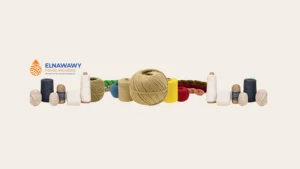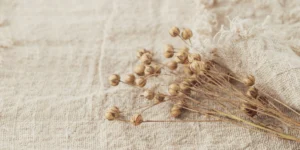Linen vs wool: two of the oldest textiles known to humans; both of natural origin, generally treasured for their strength and versatility. These fibers have chronicled human history and remain indispensable even in contemporary ecologically-minded living. Whether your interest is in fashion, home decor, or an eco-friendly perspective, understanding the differences between linen and wool will get you out of making uninformed decisions.
In this guide, we’ll explore the history, production processes, unique properties, environmental impact, and practical applications of linen and wool. By the end, you’ll have a clear idea of which fiber best suits your needs.
Table of Contents
A Brief History of Linen vs Wool
Linen and wool represent two of the oldest natural fibers known to man, and their history dates back a number of civilizations.
Linen
Linen originated in ancient Egypt, where it was associated with purity and light. Originated from the flax plant, the history of linen begins with the very first growth of flax at Mesopotamia around 10,000 years ago. Flax was first grown for food rather than fiber.
Archaeological evidence indicates that early man had used flax fibers for baskets and rope and later used them for clothes and household fabrics.
Linen is still highly valued for strength, breathability, and ecological friendliness today.
Wool
The production of wool originated in Asia Minor around 3,000 BCE, as early civilizations learned to spin and weave the fleece from sheep. Wool soon was to be a valued commodity in trade throughout Europe and Africa.
When Christopher Columbus introduced sheep into the Americas in 1493, wool production spread to the New World. Major wool producers today include Australia, China, New Zealand, Russia, and Argentina.
Wool’s warmth, elasticity, and versatility have secured its place in traditional and modern textiles.
How Linen and Wool Are Made
Linen and wool are both natural fibers, but they originate entirely from different sources and are processed differently.
How Linen is Made
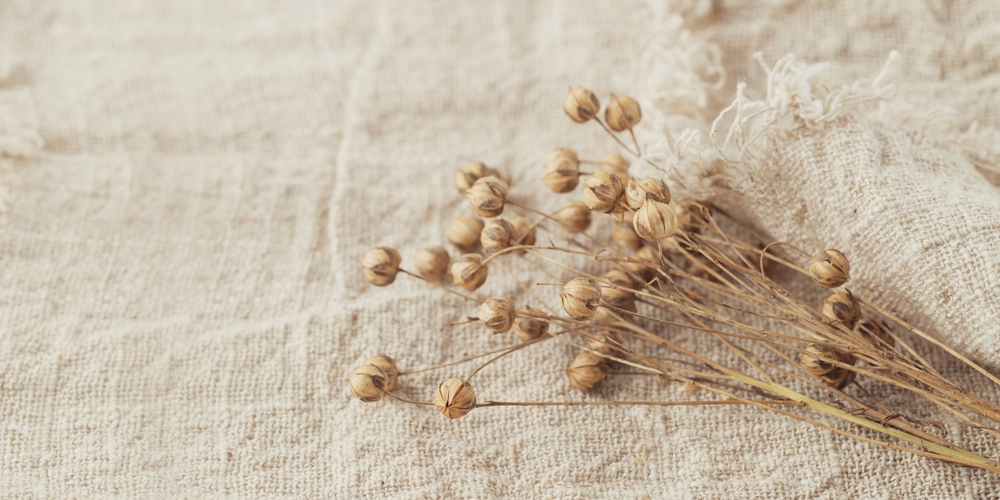
Linen is derived from the flax plant, one of the world’s oldest cultivated plants. The process involved is quite labor-intensive; still, it is an environmentally friendly process with minimal consumption of water and pesticides.
- Harvesting and Retting: Flax plants are harvested followed by soaking to dissociate fibers from the stem.
- Cleaning and Processing: The fibers are cleaned and combed for purity.
- Spinning and Weaving: Long fibers are then spun into yarns and are made into fabric through weaving.
It is generally grown in the regions of Canada, Russia, Europe, and Egypt. Linen produced from Egypt is of quality, nonetheless.
At El-Nawawy Company, we boast over 50 years of experience in the manufacture of linen yarn and twine. Founded in 1974 as a linseed oil crush mill, we diversified into flax fiber and twine production.
Today, we are the leading company in the Egyptian and European markets for high-quality linen products. Our sister company, Oliatra for Industry, specializes in the production of flaxseed and linseed oil, thus ensuring a seamless supply chain.
How Wool Is Made
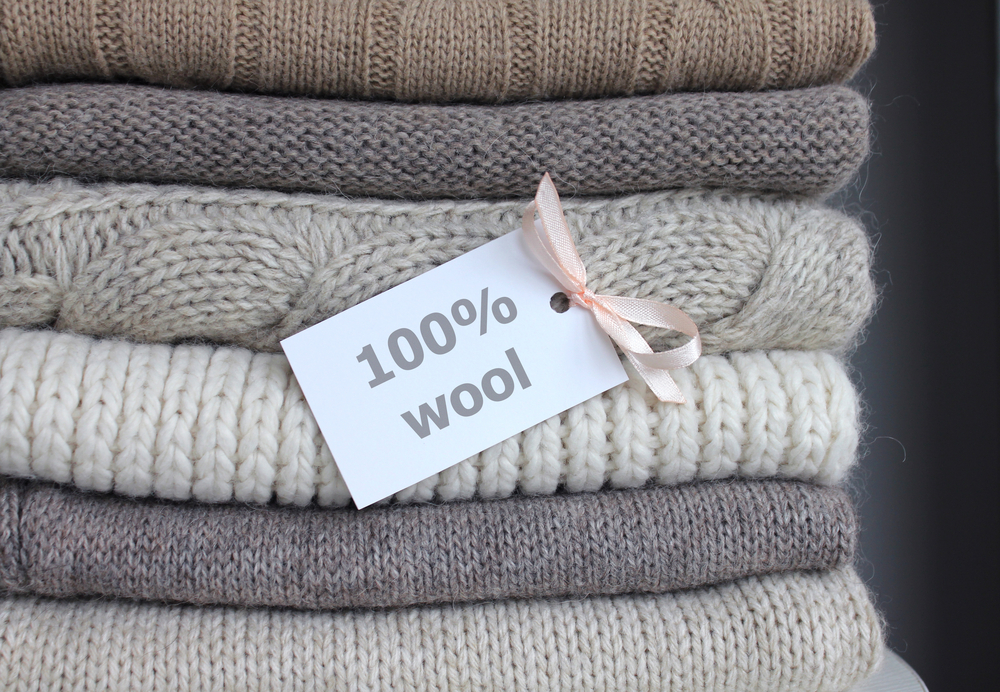
Wool is acquired from sheep, goats, rabbits, and camels. Processing of wool The wool processing consists of the following stages:
- Shearing – It is a gentle removal of wool from the animal.
- Cleaning and Baling – The raw wool is cleaned and pressed into bales.
- Carding and Spinning – The fibres are aligned by carding and then spun into yarn.
- Weaving – The yarns are interlaced into fabric.
Other types of wool include merino, cashmere, and mohair-all usually differing in their characteristic features and prices.
Key Properties of Linen vs Wool
Understanding some of the important properties of each helps determine which best fits your needs.
Linen
- Incredibly resilient: up to 30% stronger than cotton
- Very breathable and moisture-wicking
- Hypoallergenic and naturally antibacterial
- Softens after each wash and gets more comfortable
- Eco-friendly: both biodegradable and recyclable
Wool
- Naturally insulating because it keeps one warm during colder months
- Wicks moisture; therefore, has resistance to odors
- Great elasticity and minimal wrinkling
- Soft and tender to the skin
- Biodegradable and kind to the environment
Care and Maintenance Tips
Good care extends the life of linen and wool.
Linen
- Wash in lukewarm water using a gentle cycle or hand wash
- Use mild detergents in order to maintain the fabric
- Air dry or tumble dry using low heat in order to prevent shrinkage
Wool
- Hand wash in cold water or use a wool wash
- Do not wring or stretch
- Lay flat to dry to prevent distortion
Find Out More: Hemp vs Linen : A Sustainable Showdown in Natural Fabrics
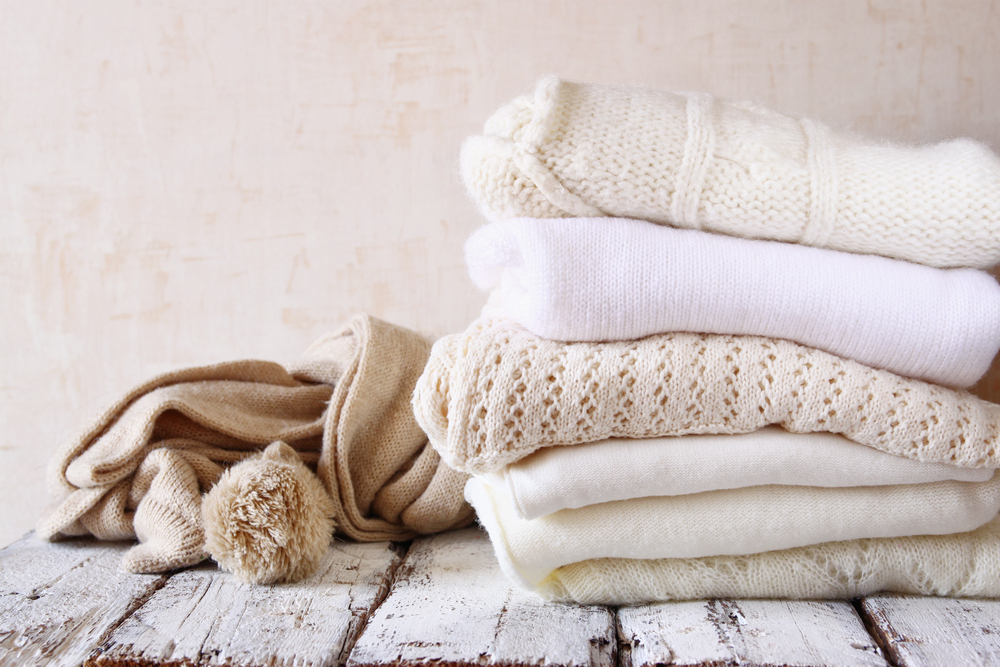
Both fibers are highly versatile and used across many industries.
Linen Uses
- Apparel: Shirts, dresses, suits, skirts;
- Home textiles: bedding, tablecloths, curtains;
- Crafts: macramé, bookbinding, jewelry;
- Industrial: ropes, canvases, packaging.
At El-Nawawy Company, our linen yarn and twine are trusted worldwide for strength and eco-friendly properties, making them ideal in a wide range of applications.
Wool Uses
- Clothing: Sweaters, coats, scarves
- Home Items: Blankets, carpets, upholstery
- Outdoor Gear: Jackets, gloves, insulation
Cost Comparison Linen vs Wool
Though linen and wool are more costly to purchase than the synthetic ones, they are definitely worth the price for their durability and sustainability. Good-quality products last for decades, and one does not necessarily need to replace them frequently.
Find Out More: Linen vs Cotton: Which Natural Fiber is Right for You?
Pros and Cons Linen vs Wool
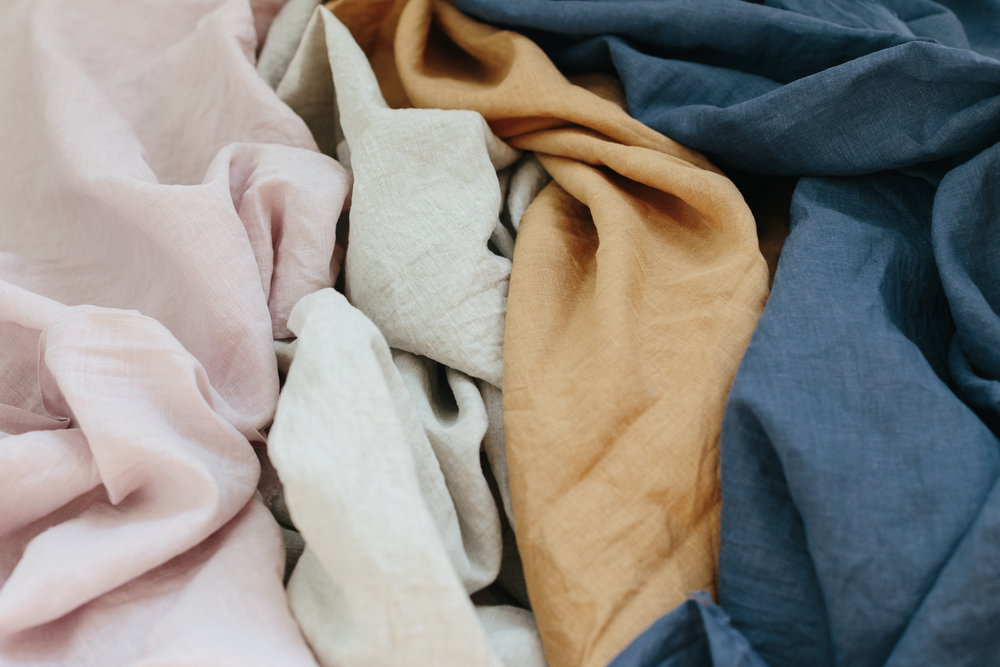
Pros of Linen
- Eco-friendly and sustainable
- Breathable, hence perfect for hot states
- Durable and long-lasting
Cons of Linen
- Stiffness – feels rigid in the first few uses
- Requires careful maintenance
Pros of Wool
- Naturally warm and good insulation
- Elastic and resistant to wrinkles
- Softens with wear
Wool Cons
- May require dry cleaning
- Can shrink if not looked after properly
Frequently Asked Questions
Which is better for summer, linen or wool?
Linen is more appropriate for summer because it is very breathable and moisture-wicking; thus, it keeps the body cool. On the other hand, wool is best for cold weather because it provides insulation.
Does linen wrinkle more than wool?
Yes, linen wrinkles easier than wool due to its natural fiber structure. However, this is often viewed as an inherent characteristic of it and gives it a relaxed and textured look.
Is all wool itchy?
Not all wools are itchy. Some high-quality wool types like merino and cashmere are extremely soft and comfortable against the skin.
Which fabric lasts longer, wool or linen?
Both of them are quite durable, but in general, linen is stronger than wool. However, wool’s elasticity can help it to keep good shape for some time, while after every washing, linen may become softer.
Can wool and linen be washed in a washing machine?
Linen can usually be machine washed on a delicate cycle. However, wool normally requires either hand washing or dry cleaning against shrinkage.
Are linen and wool subject to moths?
Of the two fabrics, wool is much more prone to damage from moths, especially when not stored well. Linen is naturally bug-resistant.
Which is more resistant to stains?
Wool, as explained above, contains lanolin and thus has natural stain resistance, whereas linen absorbs stains. Still, linen is easier to clean, simply by regular washing.
Wool takes dye more easily, and therefore it has brighter colors, while linen is always a bit faded after dyeing.
Which one is better for bedding, linen or wool?
Linen is perfect for bedding in countries with hot summers because of its breathability. Because of its insulation properties, wool can be used in blankets and duvets for countries with cold climates.
Are linen and wool biodegradable?
Yes, both fibers are natural and biodegradable, hence friendly to the environment.
Which is more costly, linen fabric or woolen fabric?
Of course, much depends on the quality and also on the source. The fine wool, cashmere or merino, naturally costs more dearly than ordinary linen, but of course, premium linen is highly priced, too.
Conclusion
Linen vs wool, the choice is yours and depends on your preference and lifestyle. Linen brings breathability and sustainability, while wool adds warmth and elasticity. Properties are weighed against their environmental influences to inform better choices.
El-Nawawy Company brings over 50 years of experience in high-quality linen yarn and twine. Innovation, sustainability, and excellence are the core values of this leading company in Egyptian and European markets. Browse through the portfolio and explore why El-Nawawy has become a well-known name when it comes to natural fibers.

